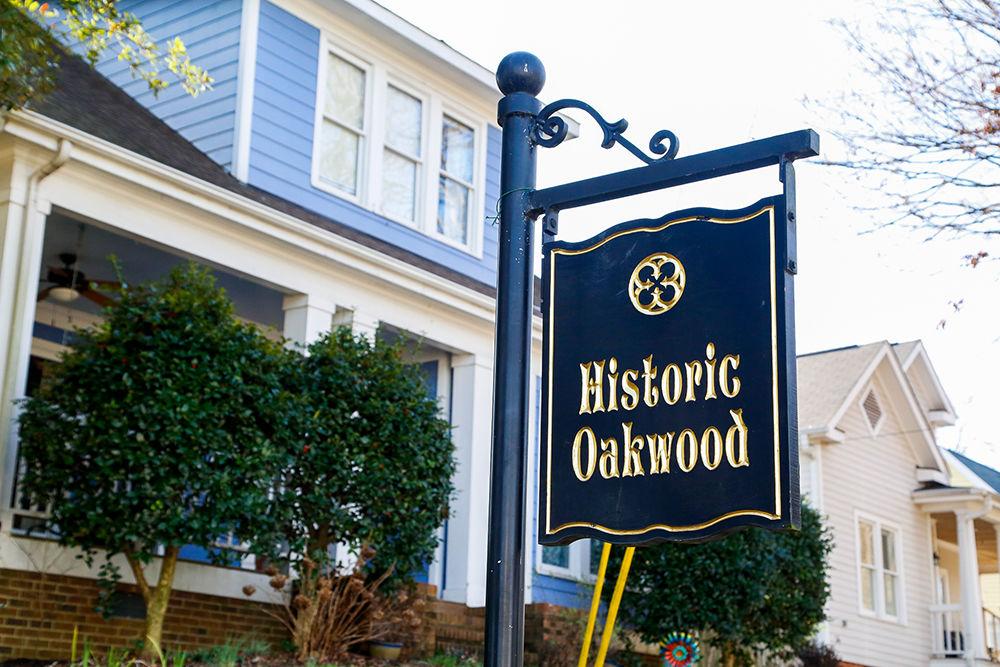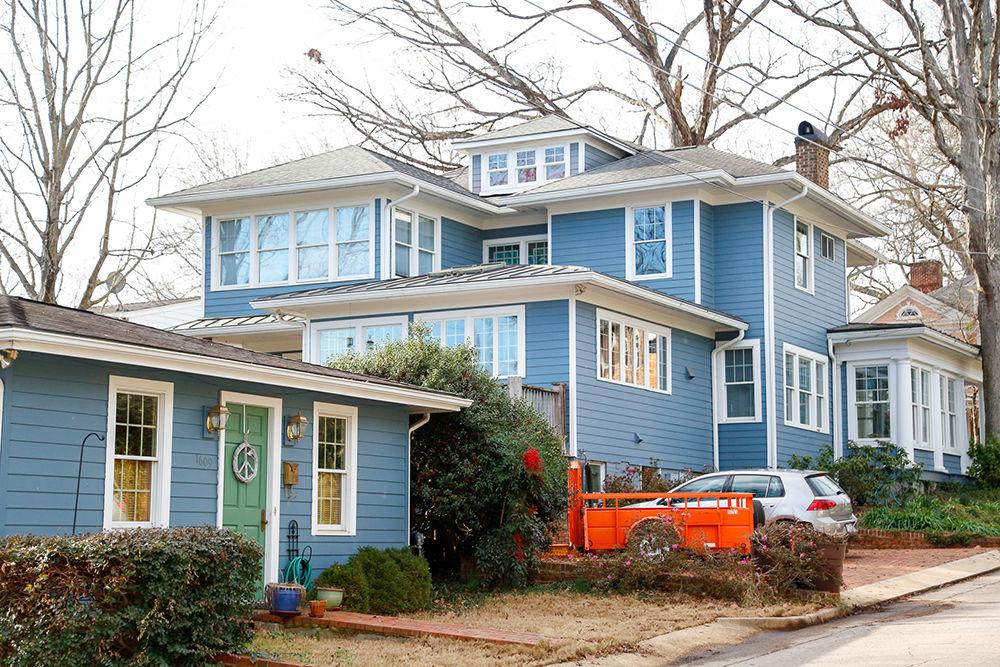According to a study by psychology Professor Mary Haskett in spring 2018, of the 7,000 NC State students she surveyed, 9.6% reported experiencing homelessness over the past year.
During her campaign, Raleigh Mayor Mary-Ann Baldwin addressed the issue of affordable housing in Raleigh with a 10-point list of proposals she would make once in office, beginning with the education of residents.
“Part of what we’re doing is, we’ll be doing a housing bond, so that will require a total education effort,” Baldwin said. “We’ll pull together a commission or committee that will serve as advocates who will work with us, who will do that education. They will go out into the community, talk to different civic groups and educate people about the bond.”
According to The News & Observer, Raleigh staff outlined three options last May for affordable housing bonds during a City Council meeting, ranging from $37.7 million to $75.7 million. These bonds would require an additional half-cent to one-cent city tax rate. Each cent on the tax rate would cost the “owner of a $300,000 home $30 a year.”
Mark Nance, associate professor in the School of Public and International Affairs, said affordable housing has become an issue as housing has become increasingly expensive in certain places.
“In the early 2000s, prices … start going up and up and up, to the point where people were living in them for a few years, in Raleigh, and then selling them because they had made so much money,” Nance said. “Rather than expand, for example, they just bought bigger houses.”
One of the major points outlined by Baldwin in her proposal is the ability of homeowners to build accessory dwelling units (ADUs) by right, which Baldwin said could appeal to college students, in addition to building micro-units, which are smaller apartments that rent for less money.
“There are a number of students who are homeless — actually a large number of students,” Baldwin said. “I think people would be surprised at how many students are impacted when dorms close, for instance … there are students that sleep in their cars, and so we’re working with them through Oak City Cares to try and find housing.”
Baldwin formerly worked for the construction company Holt Brothers, Inc., according to her bio, as the vice president of marketing and business development. However, Nance said this may influence how she goes about addressing the issue of affordable housing in Raleigh.
“She worked for developers,” Nance said. “I would encourage you to look at that and think about how that might influence her approach to housing and her take on what’s to be done. And personally, for a bond issue, I want to know when I go into that how that money will be spent, and if it would be easy for that to just become a subsidy to developers, for whom she has worked.”
According to Baldwin, these plans are private-sector driven, meaning they are not funded by taxpayers, so if a homeowner wants to build, they spend the $70,000 typically spent on an ADU and build. Baldwin said only about 25% of a home’s cost is regulatory.
“They can rent them, or they might want to build it because their mom and dad want to move there, or maybe mom and dad want to build it so their kids can live there,” Baldwin said. “What we’re trying to do is look at what our regulatory process looks like and how we might be able to reduce those costs.”
Although ADUs could potentially provide housing to students or those with lower incomes, Nance said it’s not as spectacular as it may seem.
“It’s naive and practically insulting to think that ADUs are the answer and that people who can’t afford housing should be forced to live in a small place in my backyard and pay rent to me,” Nance said. “Ultimately, ADUs are going to drive up the value of property and make the problem worse.”
However, according to Baldwin’s proposal, 80% of Raleigh is restricted to building only single-family homes. She argues there is a lack of middle housing that could partially be made up for by ADUs. Baldwin said this lack of middle housing is impacting the middle class, who are moving out of the city to avoid high home costs.
“We are currently looking at our zoning laws and asking our planning department to look at ways we can support missing middle housing,” Baldwin said.
Baldwin also said an important initial step toward diminishing the lack of affordable housing in Raleigh is improving transportation. She said by making public transportation more accessible and by creating walking communities, people will be more prone to live closer to downtown, as opposed to surrounding areas such as Cary. Baldwin said improving public transportation is both economically and environmentally beneficial.
However, Baldwin and Nance acknowledge that a larger issue is at hand, which is heavily influencing the availability of affordable housing: gentrification.
According to Nance, there is no official definition of gentrification, but it is a term used to describe the process of low-income neighborhoods facing rapid increase in housing prices due to new, wealthier groups moving in. Nance said people of color traditionally live in these neighborhoods, and affluent white people move in to take advantage of “cheap housing.”
The New York Times said white people, who were largely absent in the South Park neighborhood in Southeast Raleigh in 2000, made up 17% of the population by 2012, and since then have acquired nearly 90% of new mortgages.
Baldwin said to address this issue, the Raleigh City Council will look to expand its home loan program and make the homes of those living in lower-income communities more livable and efficient. Additionally, they are looking at sending representatives door-to-door to inform people of their rights when it comes to housing.
“One of the major problems we have is what’s called ‘predatory sales,’” Baldwin said. “It’s where unscrupulous people will try to purchase somebody’s house by threatening them in some way.”
Nance and Baldwin both said student involvement in local government is extremely important in addressing the issue of affordable housing as well as other local issues. Baldwin said students can join certain committees, show up to city council meetings when they feel passionate about an issue, or just stay up to date on local politics.
“Elected officials love it when students show up,” Nance said. “Honestly, there could be 50 working-class or poor people show up to a meeting and say the same thing as five students, and the students will carry the day.”
Raleigh resident Judy Christopher rents out a small unit behind her home near Cameron Park on Wednesday, Jan. 15, 2020. "Affordable housing adds diversity to the neighborhood." said Christopher. "[It provides] an opportunity to develop a stronger community." Judy has been renting her additional housing unit for 20 years.









